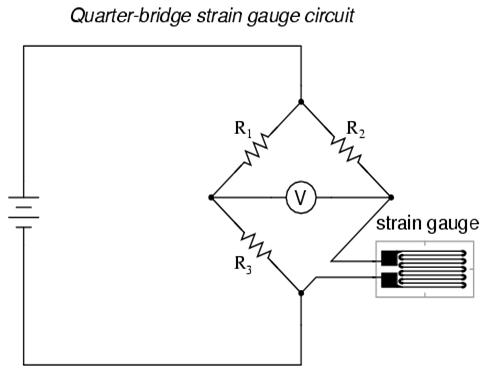Back to the Basics: How to Wire Your 3 Wire Sensors

Wiring sensors can seem daunting, but it's a crucial step in any electrical system. 3 wire sensors are especially common in industrial settings, where they're used to measure pressure, temperature, and other variables. In this blog, we'll focus on 3 wire pressure sensors and how to wire them.
Before we dive into wiring diagrams and circuit diagrams, let's review the basics. A 3 wire sensor has three wires - a power wire, a ground wire, and a signal wire. The power and ground wires are self-explanatory: they supply power to the sensor and provide a path back to ground. The signal wire, also known as the output wire, carries the sensor's measurement signal to the input of a controller or indicator.
When wiring a 3 wire pressure sensor, the power and ground wires are connected to a power source and a ground connection, respectively. The signal wire is connected to the input of a controller or indicator. Depending on the controller or indicator, the signal wire may be connected directly to an analog input or it may be connected through a conditioning circuit.
Now, let's take a look at a wiring diagram for a 3 wire pressure sensor:
As you can see, the power and ground wires are connected to a 24V power source and a ground connection, respectively. The signal wire is connected to an analog input on a controller. This wiring diagram assumes that the controller has a built-in conditioning circuit that can handle the sensor's output signal.
If your controller or indicator doesn't have a built-in conditioning circuit, you may need to add one. A conditioning circuit can amplify, filter, or otherwise process the sensor's output signal to make it suitable for the controller or indicator. Here's an example of a circuit diagram for a conditioning circuit:
This circuit uses a single supply op-amp to amplify the sensor's output signal. The gain of the op-amp is set by R1 and R2, while C1 filters out any high-frequency noise. The output of the op-amp is connected to an analog input on a controller.
Jumping a 3 Wire AC Pressure Switch
In some cases, you may need to jump a 3 wire AC pressure switch to test the compressor on an air conditioning unit. Here's how to do it in a few simple steps:
Step 1: Locate the pressure switch. It's usually located on the low pressure line near the compressor.
Step 2: Disconnect the electrical connector from the pressure switch.
Step 3: Use a jumper wire to connect the two terminals on the pressure switch that were connected to the electrical connector.
Step 4: Start the engine and turn on the air conditioning.
Step 5: Check the compressor to see if it engages. If it does, the pressure switch is faulty and needs to be replaced.
Difference of 4-20 mA in 2-Wire and 3-Wire Technology
When it comes to measuring current, 4-20 mA is a popular standard. It's used to transmit signals from sensors, controllers, and other devices over long distances. But did you know that there are two types of 4-20 mA technology - 2-wire and 3-wire? Here's the difference:
2-wire technology:
In 2-wire technology, the power and signal wires are combined into a single cable. This simplifies wiring and reduces costs, but it also limits the amount of current that can be transmitted. Typically, 2-wire devices can only supply a maximum of 20 mA of current.
3-wire technology:
In 3-wire technology, the power and signal wires are separated into two cables. This allows for higher currents to be transmitted, since the power and signal wires are isolated from each other. As a result, 3-wire devices can supply up to 50 mA of current.
Both 2-wire and 3-wire technology have their pros and cons. 2-wire is simpler and more cost-effective, while 3-wire allows for higher currents and better isolation. When choosing between the two, it's important to consider the requirements of your application and weigh the trade-offs.
In conclusion, wiring 3 wire pressure sensors may seem complicated, but it's essential in many industrial settings. By understanding the basics of wiring diagrams and circuit diagrams, you can ensure that your sensors are connected correctly and transmitting accurate data. Additionally, understanding the differences between 2-wire and 3-wire technology can help you choose the best solution for your application.
